When Apple quietly dropped the "+" from Apple TV+, it wasn't just a branding tweak. It was a window into how the company actually makes decisions. Instead of stubbornly sticking to their original naming convention, they listened to how people were actually talking about their service in the real world. You know what's refreshing about that? Most companies would force you to use their preferred terminology forever, but Apple essentially said "fine, you win" and made it official. dropped the "+" from Apple TV+
This user-first approach says a lot about Apple's evolving strategy. Rather than forcing corporate preferences onto everyday conversations, they are adapting to natural usage patterns, a philosophy that is quietly reshaping how the whole ecosystem fits together.
The timing helps. The service now operates across more than 100 countries and is available in over 1 billion screens, so the rebrand reads as strategy, not housekeeping. Since launching in November 2019, the platform has racked up hundreds of award nominations and wins, which gives it real credibility in premium content. Even after raising monthly fees from $9.99 to $12.99 back in August, subscriber growth continued, a sign that users still see the value.
Why the rebrand actually matters for Apple's ecosystem strategy
This willingness to prioritize user comfort over internal clarity signals a broader shift. Apple simply listened to how people talked and met them there, even though it creates headaches for support teams who now need follow-up questions to distinguish between hardware and software. Annoying for staff, yes. But aligned with how customers live.
That small inconvenience mirrors Apple's ecosystem evolution. The company has been expanding beyond traditional hardware boundaries. They launched an Android version in February 2025 and joined Amazon Channels in October 2024. They also formed partnerships with carriers like T-Mobile, O2, and Sky. This is not the old Apple with a strict walled garden. They are meeting users where they are, not forcing everyone onto Apple's preferred platforms.
This flexible posture matters as rivals face the same integration puzzles. The streaming and smart home markets are converging around user experience rather than corporate convenience, and Apple's naming decision puts them slightly ahead of that curve.
Sonos enters the streaming wars with premium ambitions
This focus on real-world behavior is why Sonos's upcoming "Pinewood" streaming device looks so interesting. Expected to launch later this year with pricing between $200-$400, this Android-based box applies the same user-first lens that drove Apple's rebrand, only to the messy world of home theater setups.
The device functions as both a streaming hub and an advanced audio controller. If you have a complex living room rig, you know the pain it targets. Like Apple's naming change, Sonos is chasing real user problems, not just elegant technical diagrams.
The streamer will offer content from Disney+, Netflix, Max, and other providers through a unified interface with universal search capabilities. The clever bit is that it doubles as an HDMI switch with passthrough, so you can plug in gaming consoles and other gear while potentially smoothing out latency that has long bothered Sonos soundbar users. For existing Sonos households, it allows surround sound configurations using existing Sonos speakers without requiring a soundbar as the hub. One box, fewer compromises.
This approach mirrors Apple's rebrand philosophy. Do not force users to contort around technical limits. Reshape the tech around how people actually use it.
HomeKit integration gets more sophisticated.
The current Sonos and HomeKit relationship is a good example of that pragmatism. Sonos does not support HomeKit natively, but AirPlay-compatible Sonos models include the One (Gen 2), Move, Five, Arc, Beam (Gen 2), Roam, and Era 100 & 300 series and can tie in through AirPlay 2.
You can create routines like playing specific playlists when arriving home or pausing music when leaving. It is not native HomeKit, but it works now, which echoes the thinking behind Apple's naming change. Ship the practical path while the perfect one is still being built.
What looks promising is that the upcoming Matter protocol could enable native HomeKit integration in the future. That suggests Pinewood's timing could line up with broader ecosystem upgrades that remove those workarounds. The streamer might land just as native integration becomes possible, which would finally make the experience feel seamless.
Wi-Fi 8 promises to transform home connectivity
Here is where Apple's user-first mindset and Sonos's integration focus meet the network layer. Wi-Fi 8, IEEE 802.11bn, is expected to debut around 2028 with revolutionary capabilities, including speeds up to 100 Gbps and the use of multiple frequency bands, millimeter waves included.
The real story tracks with Apple's rebrand and Sonos's strategy. Wi-Fi 8 emphasizes reliability and user experience improvements over raw speed. That is the same user-centric thinking that is pushing everything toward a more unified ecosystem.
MediaTek's research suggests that technologies like Coordinated Spatial Reuse could increase system throughput by 15 to 25 percent, while Coordinated Beamforming might boost performance by 20 to 50 percent in certain configurations. The standard will operate across 2.4 GHz, 5 GHz, 6 GHz, and millimeter wave frequencies with AI-powered bandwidth allocation and interference management.
The target is latency as low as 1 millisecond and simultaneous connections for thousands of devices. Exactly what a dense smart home needs to feel dependable instead of finicky.
What this convergence means for your smart home
These shifts are not happening in isolation. They are part of a coordinated move toward user-centric tech. Apple has ambitious smart home plans for 2025, including a new smart home display and updated HomePod models. The Thread protocol across iPhones, HomePods, and Apple TV devices sets the groundwork for faster, steadier home networks that value reliability over complexity.
Matter protocol expansion adds support for robotic vacuum cleaners in iOS 18.3 and large appliances like refrigerators and EV chargers. This is not just about flipping more switches. It is about whole-home management that maps to daily life, not an engineer's idealized diagram.
Put it together, and a clear pattern emerges. Apple's flexible streaming approach, Sonos's practical audiovisual solutions, and Wi-Fi 8's reliability-first architecture all point to the same insight: successful technology adapts to human behavior rather than trying to change it.
Whether you are streaming a show, running multi-room audio, or wrangling dozens of smart devices, 2025 looks set to deliver real quality-of-life upgrades. I expect fewer why-isn't-this-working moments and more quiet wins. The core lesson from Apple's rebrand, listen to how people actually use your products, is becoming the blueprint for the smart home itself. That is a shift worth watching.




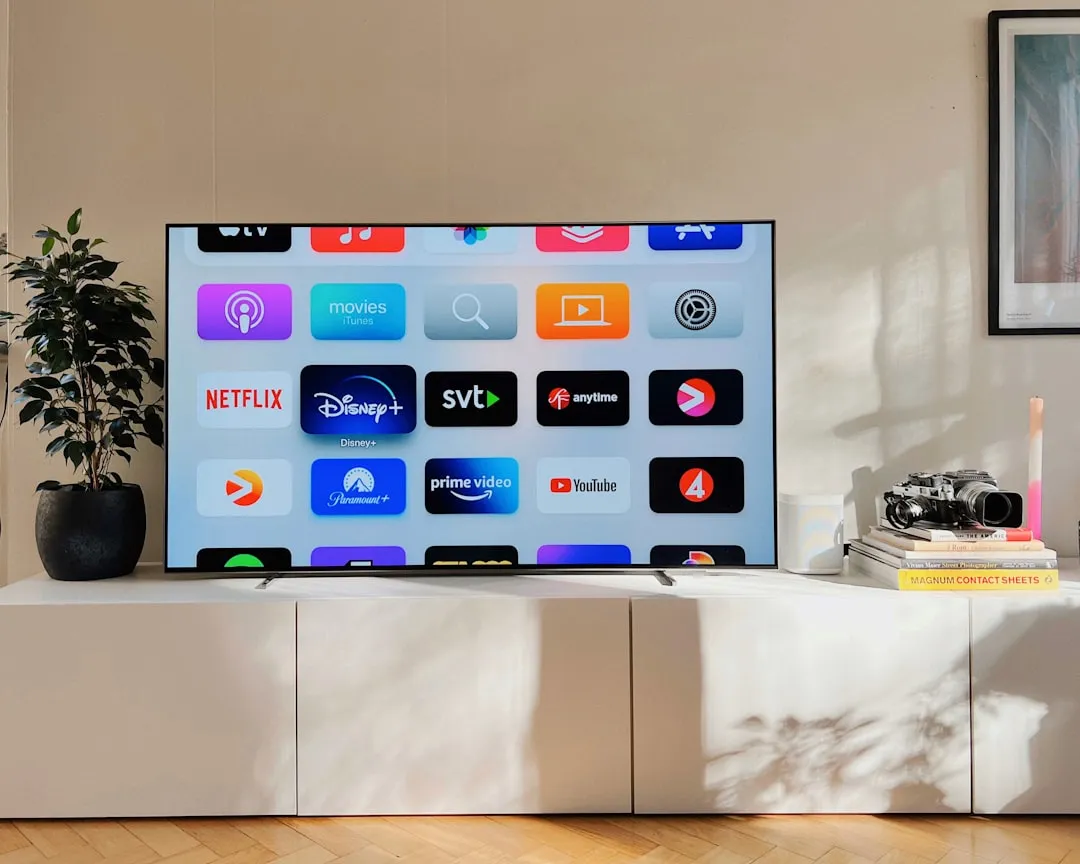
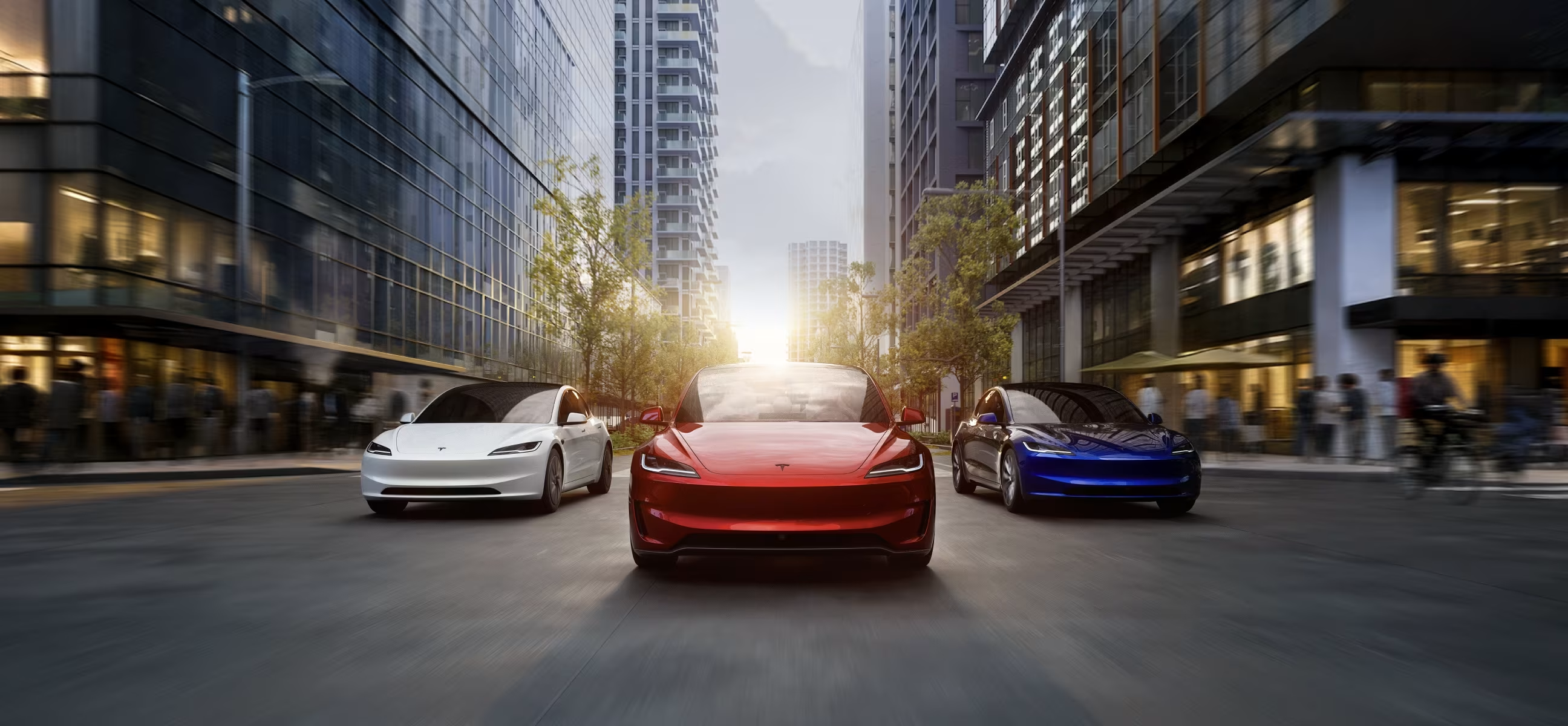
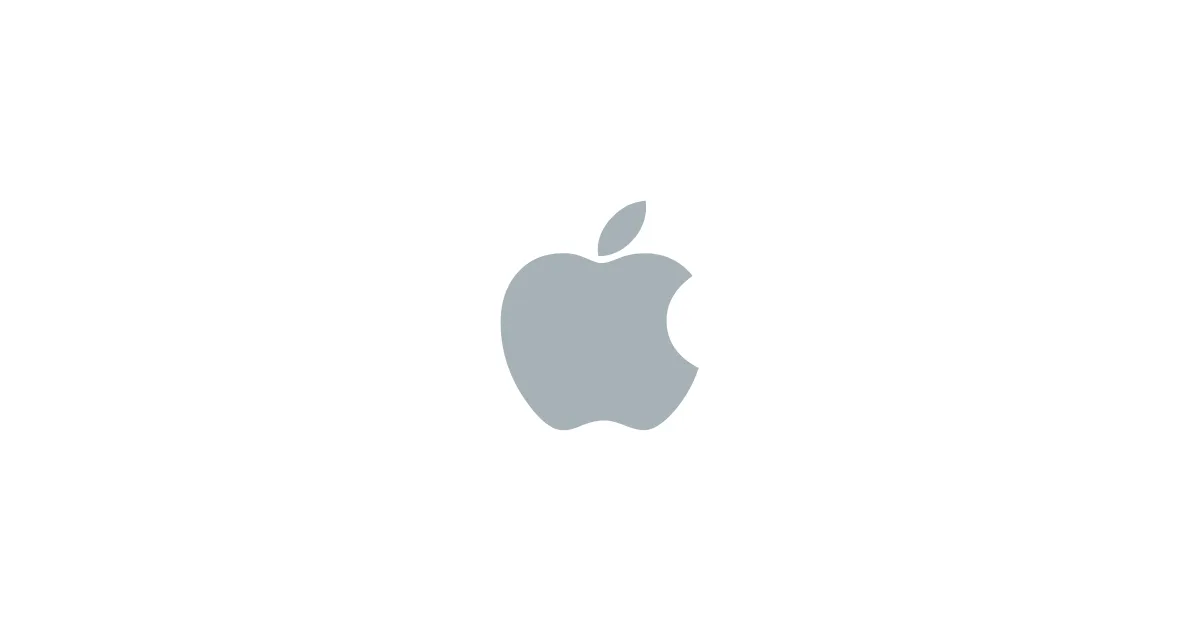
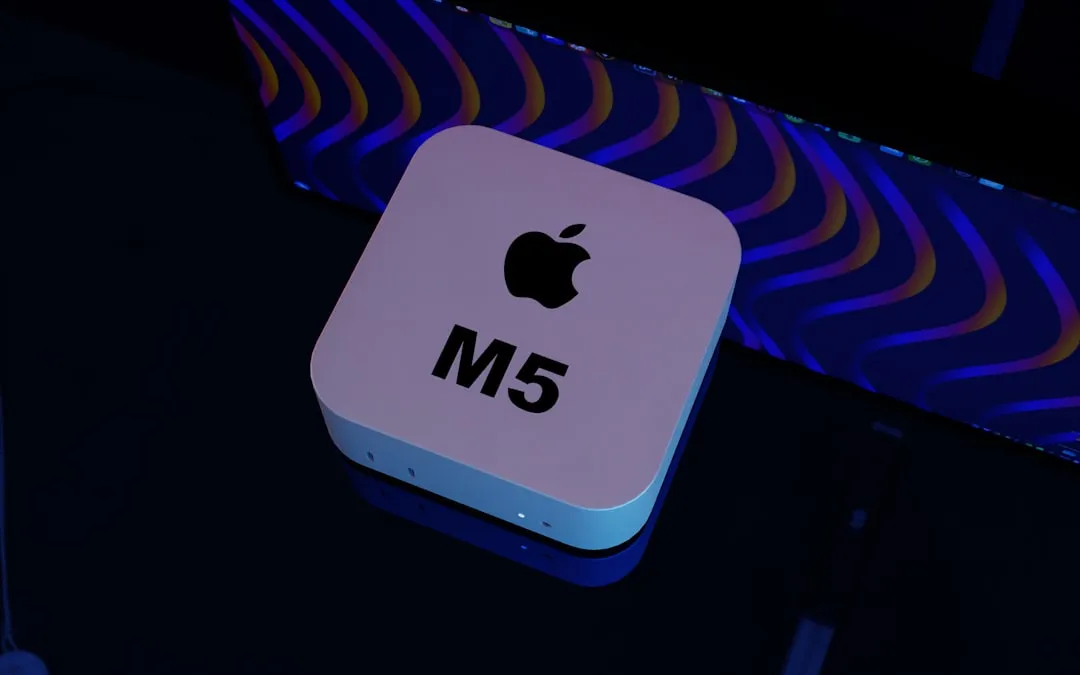
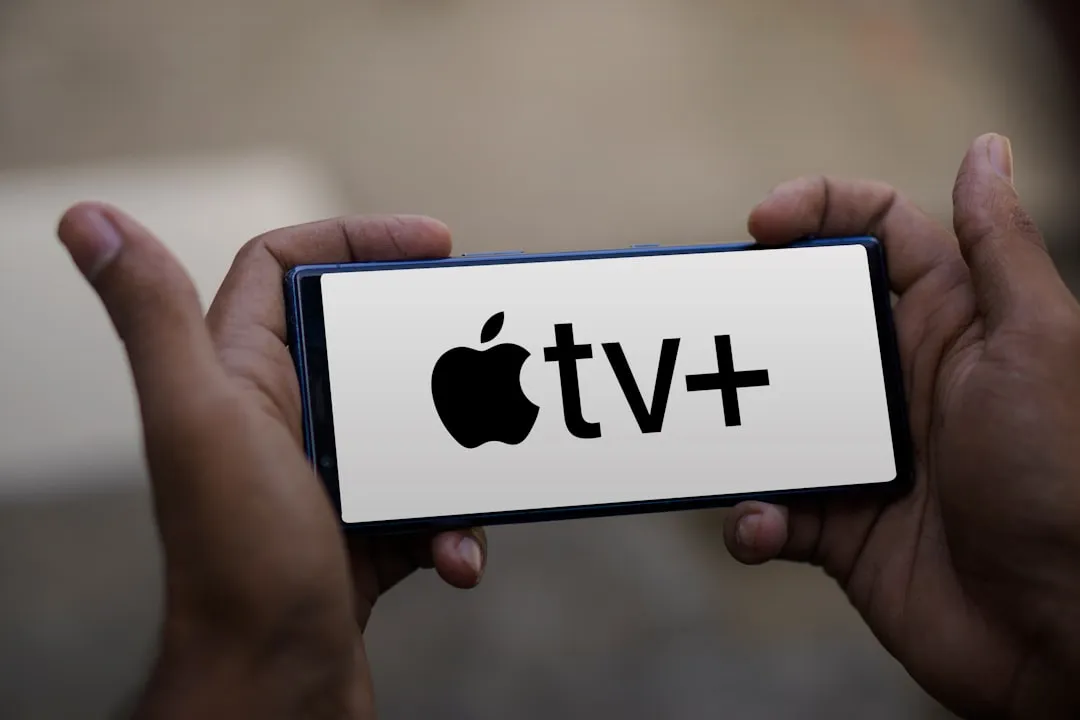
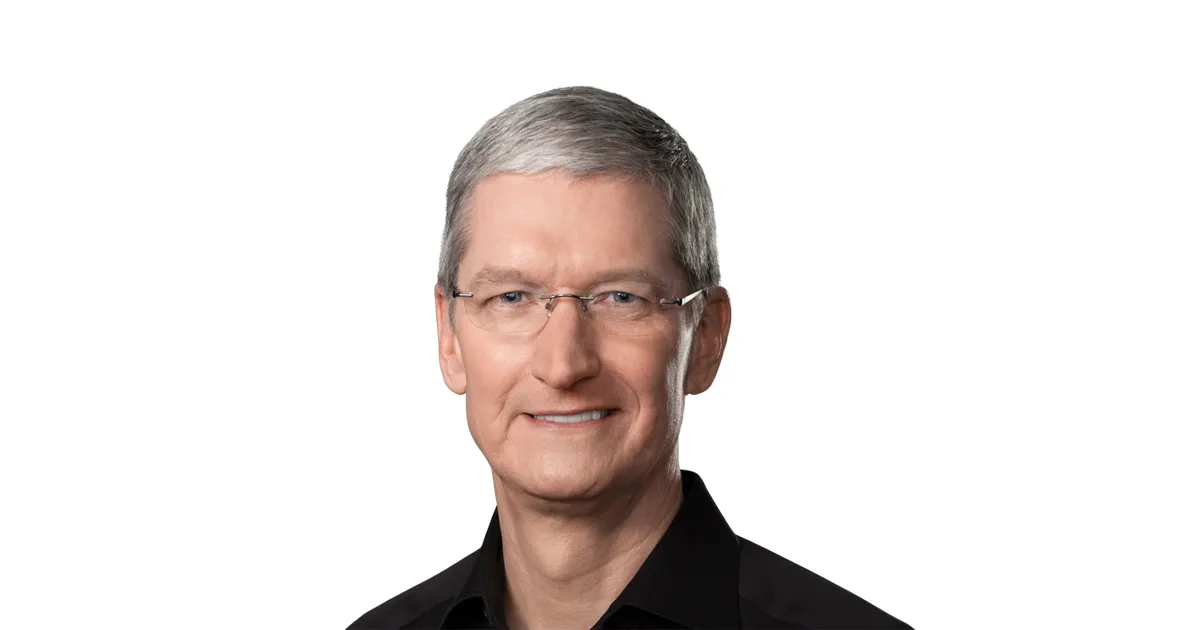
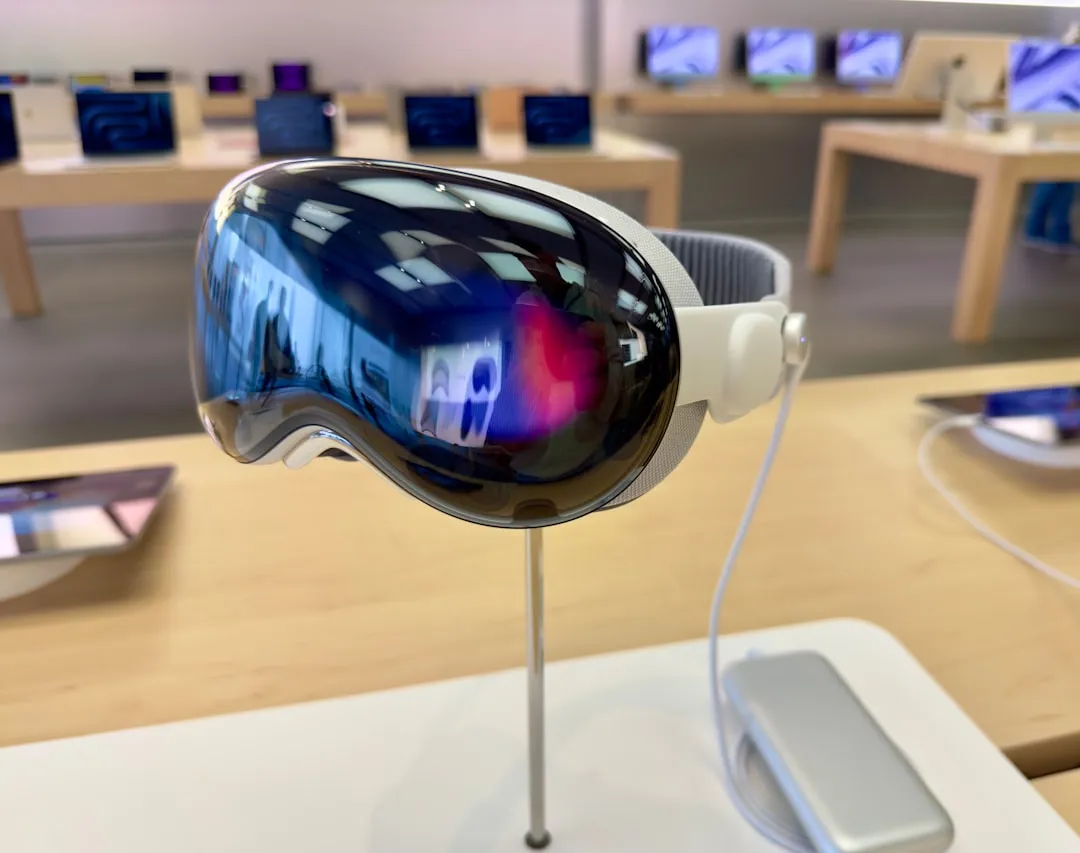
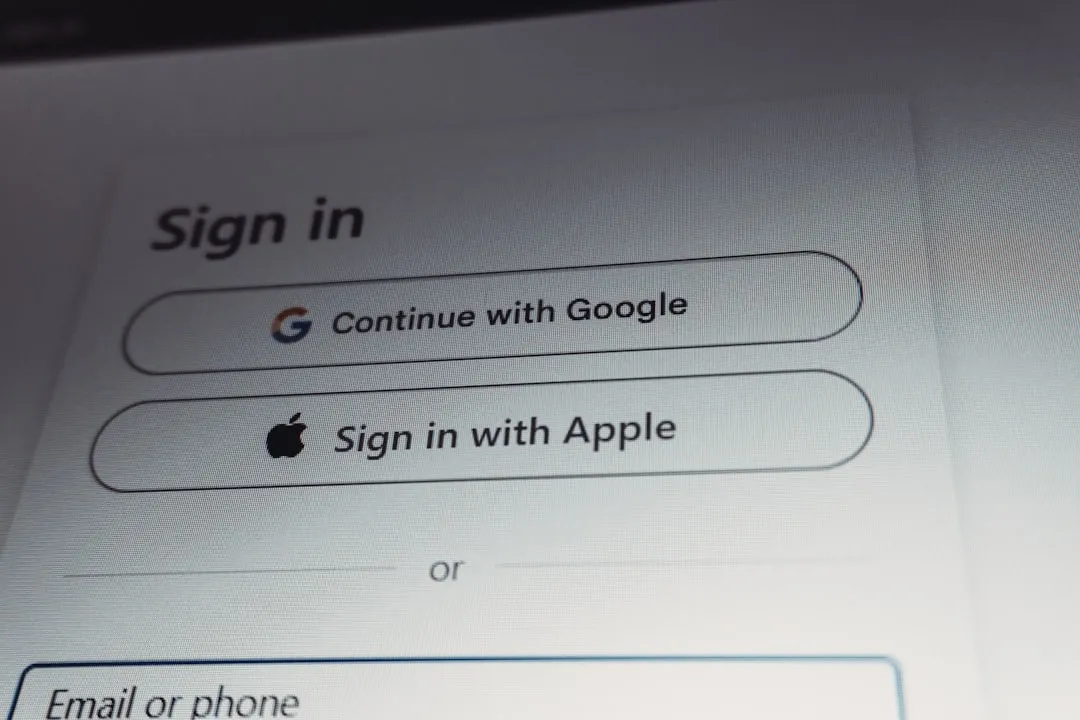
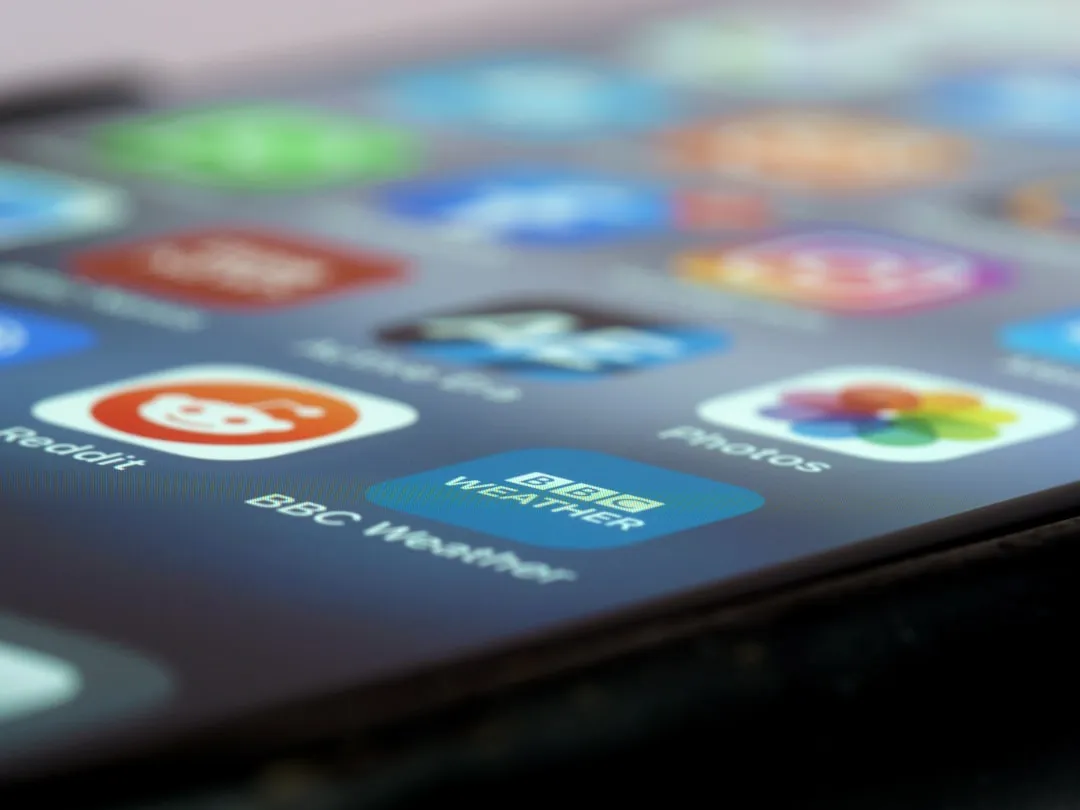
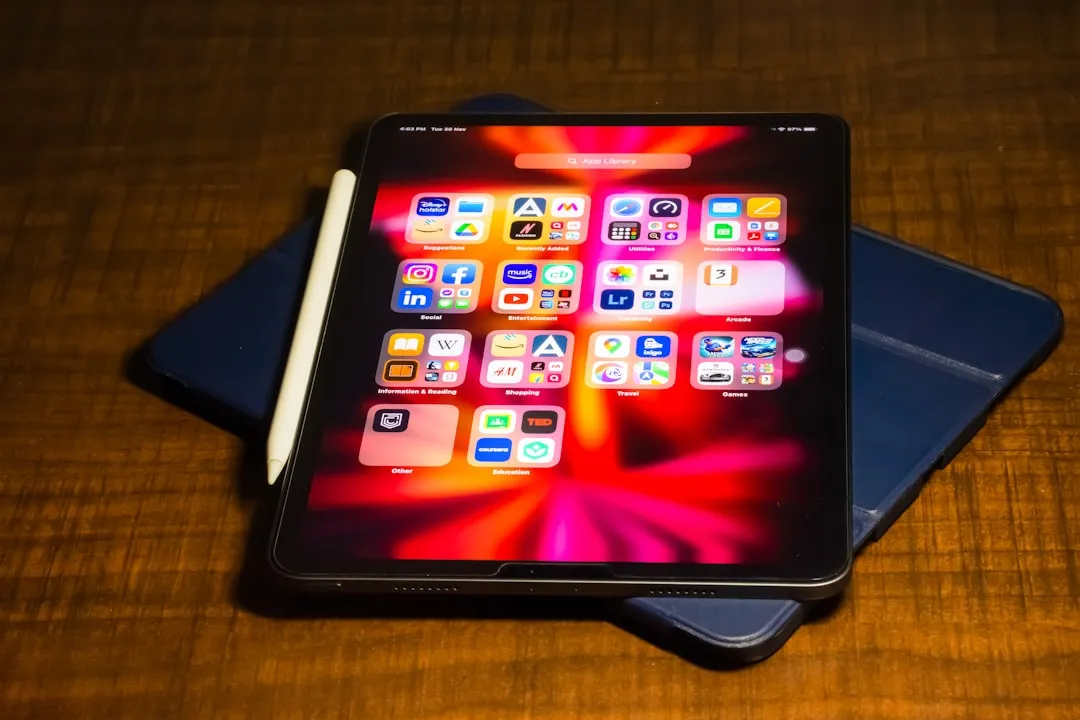
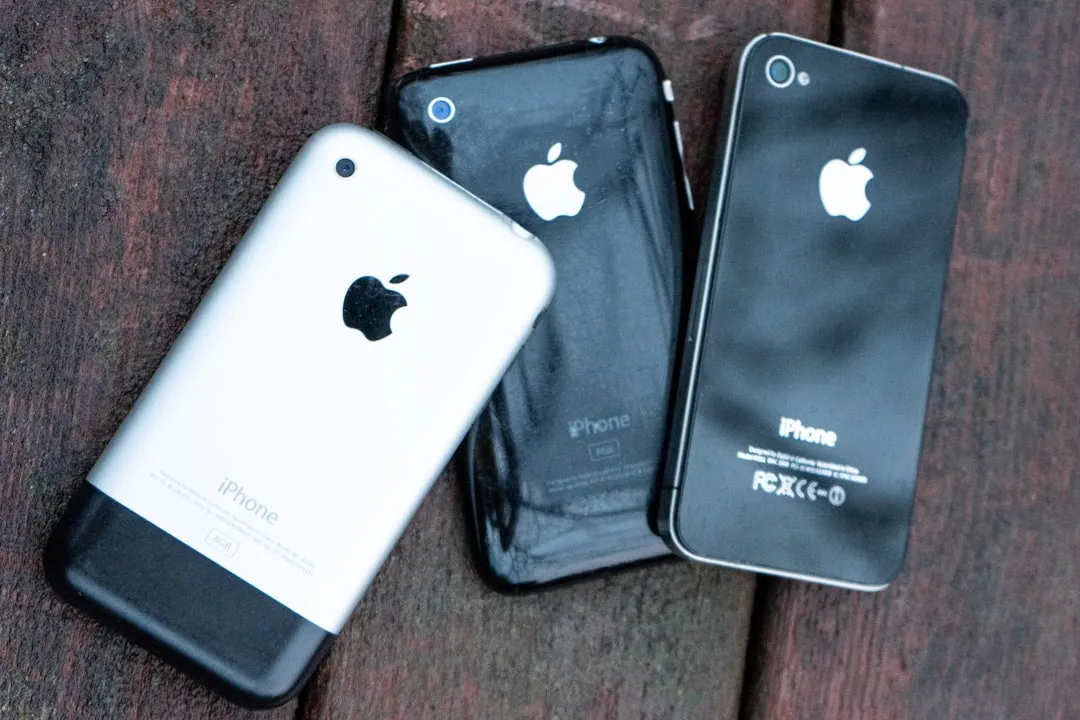
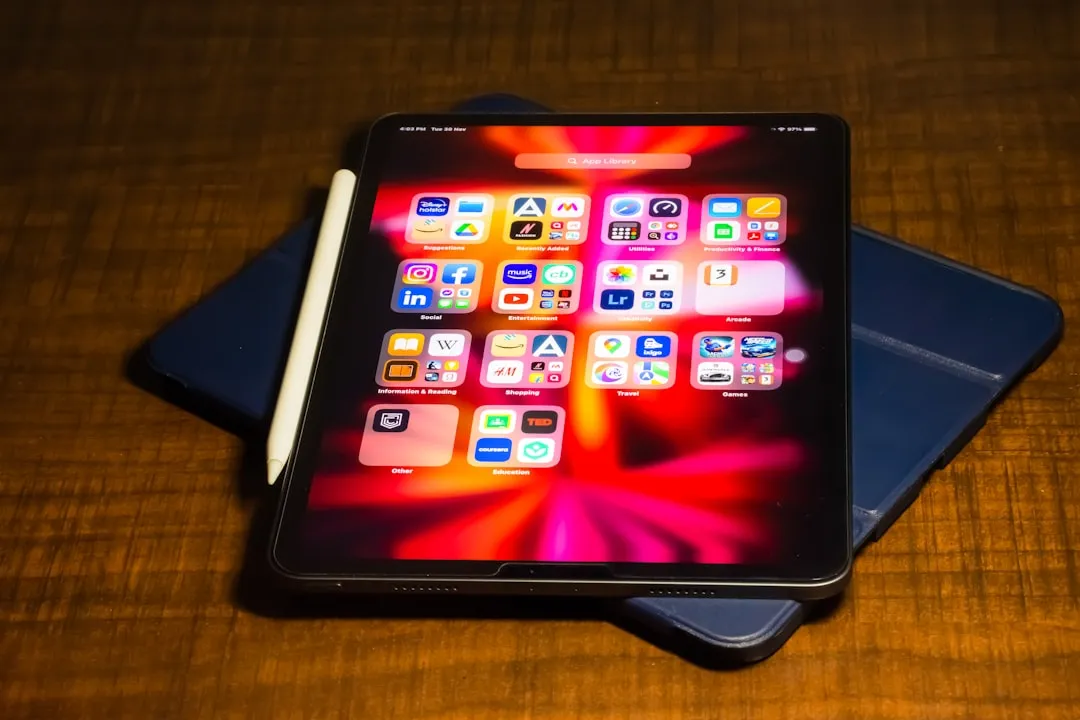

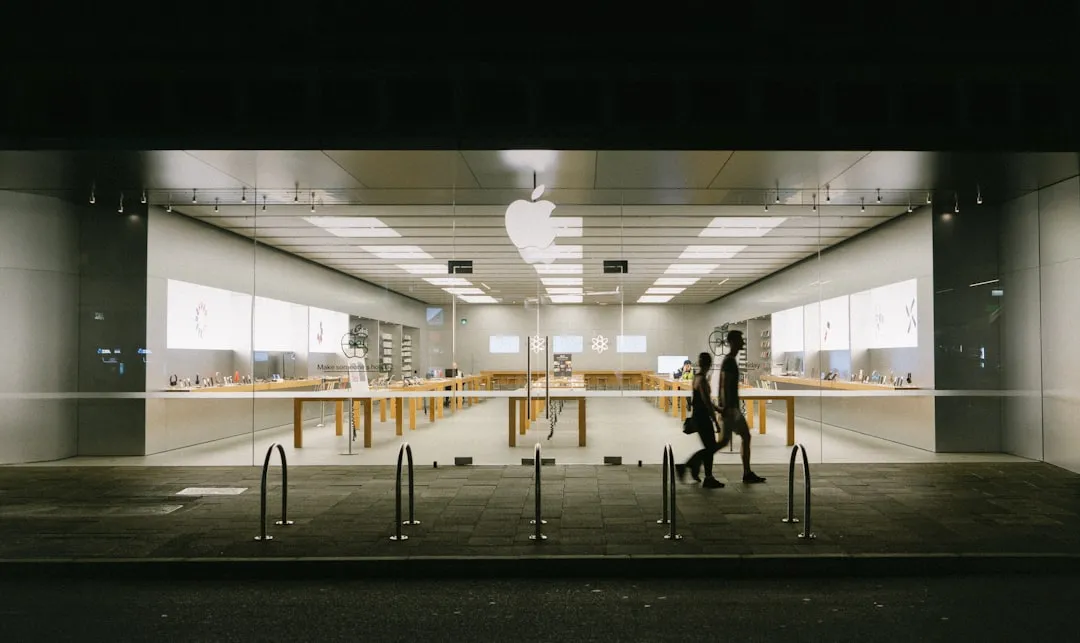
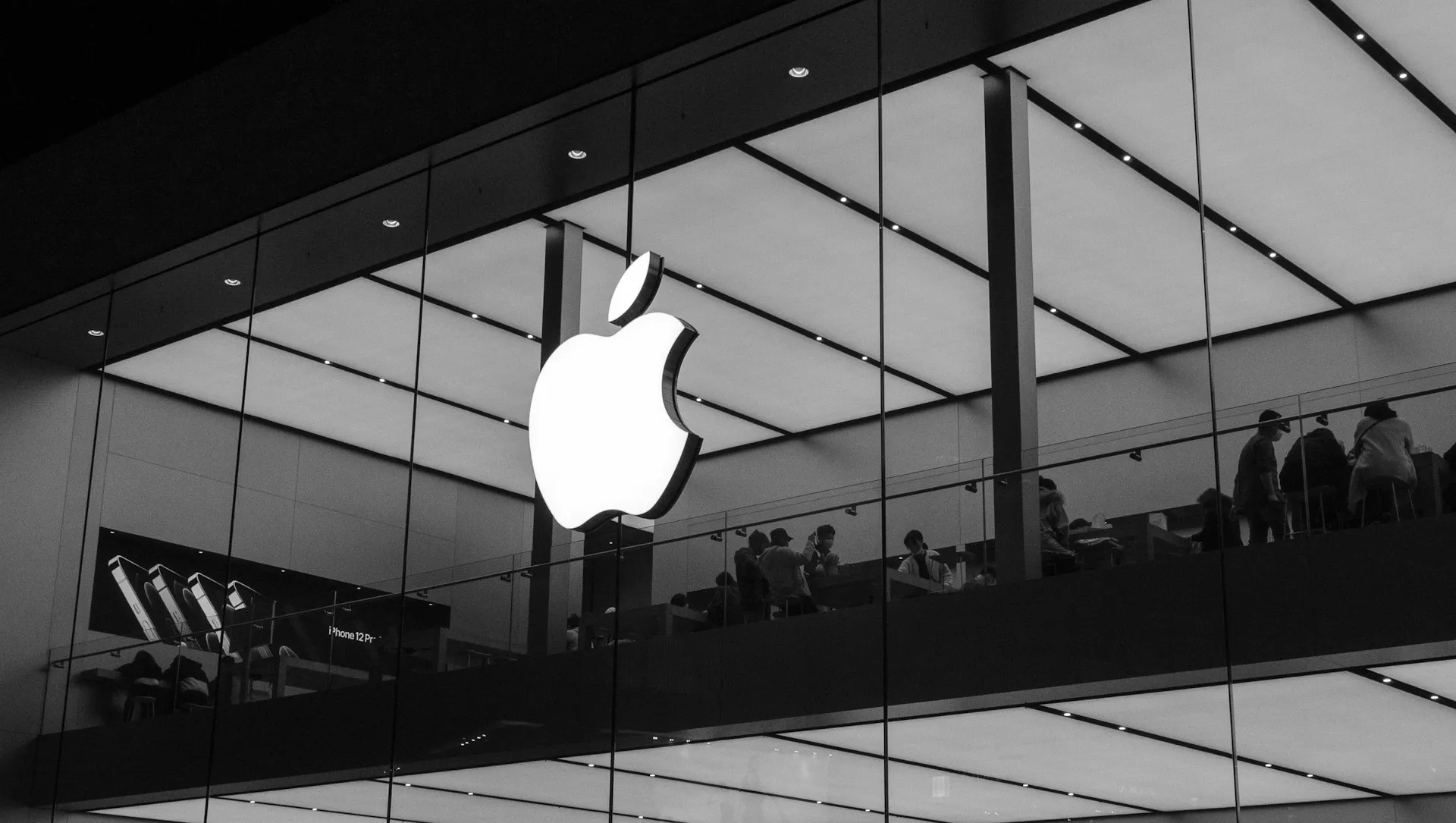
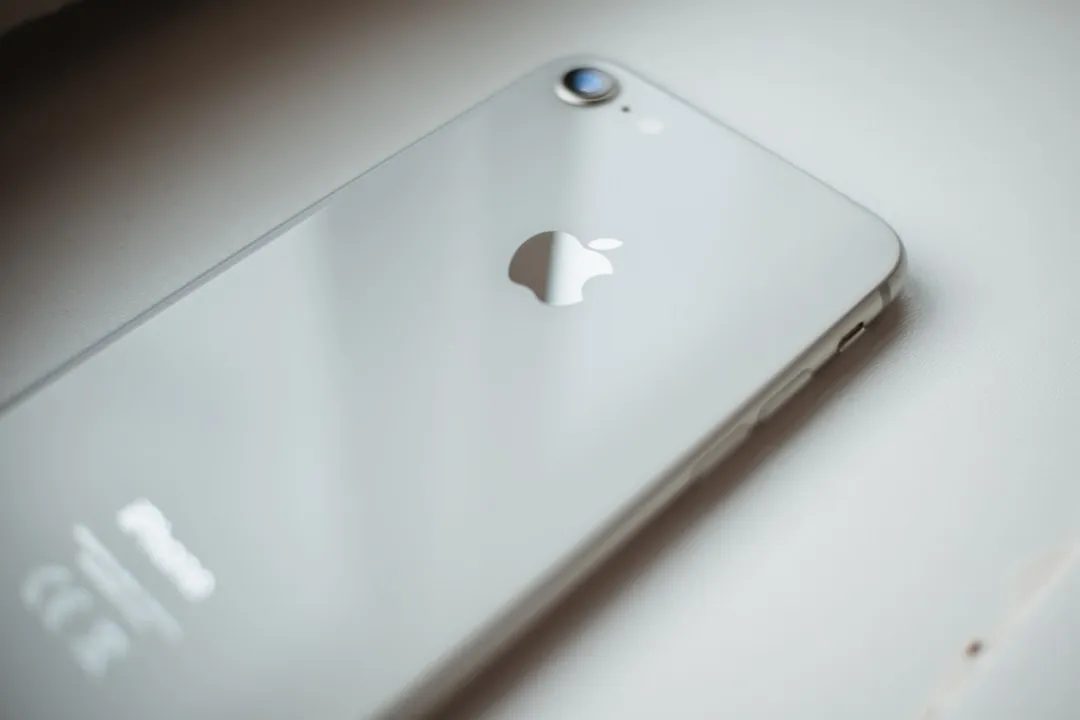
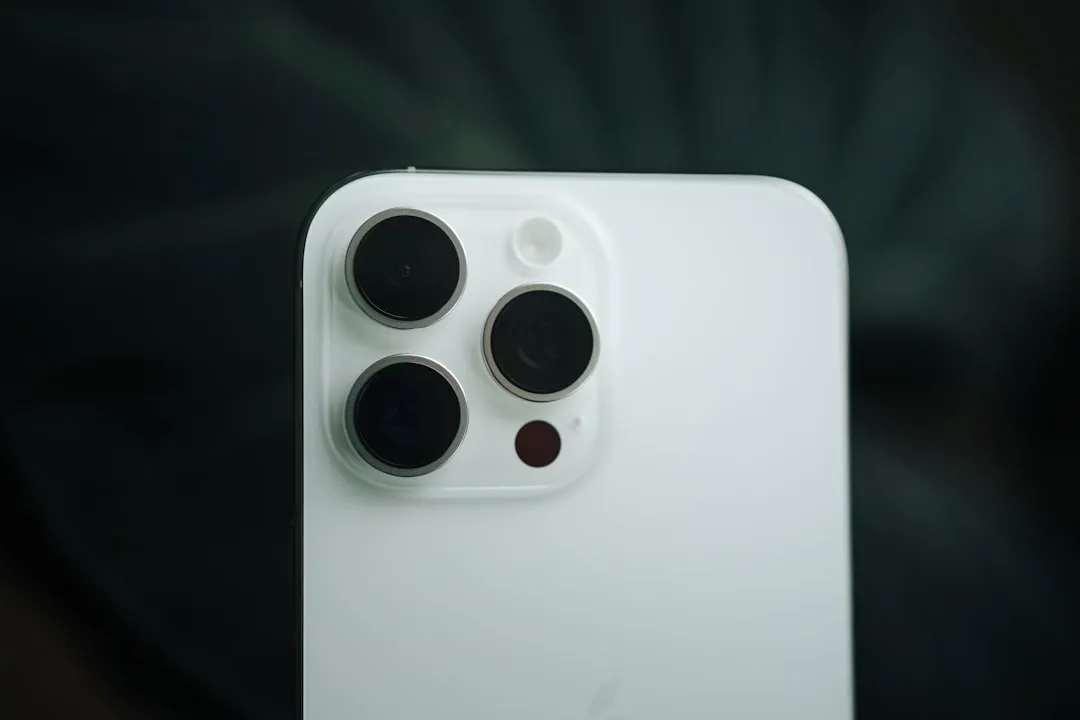
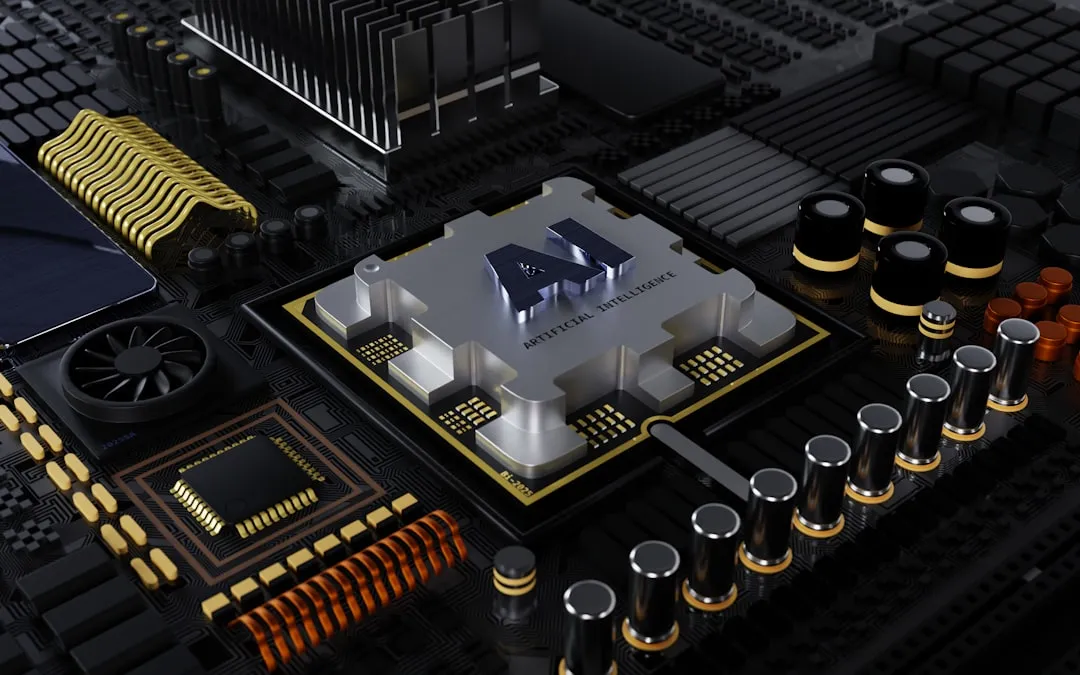
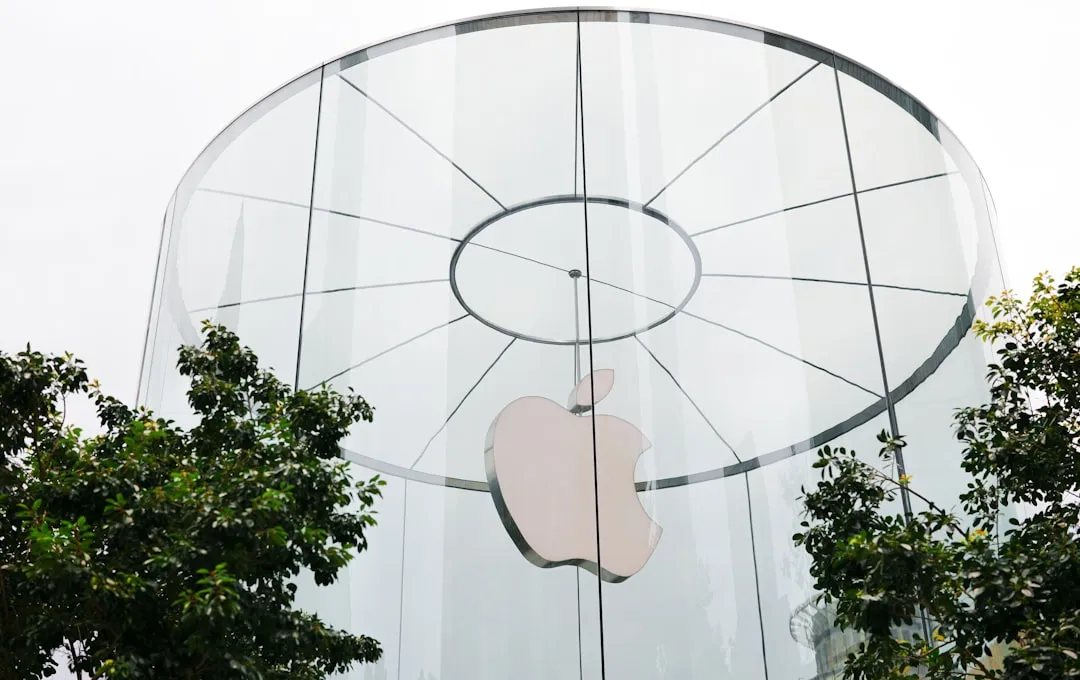

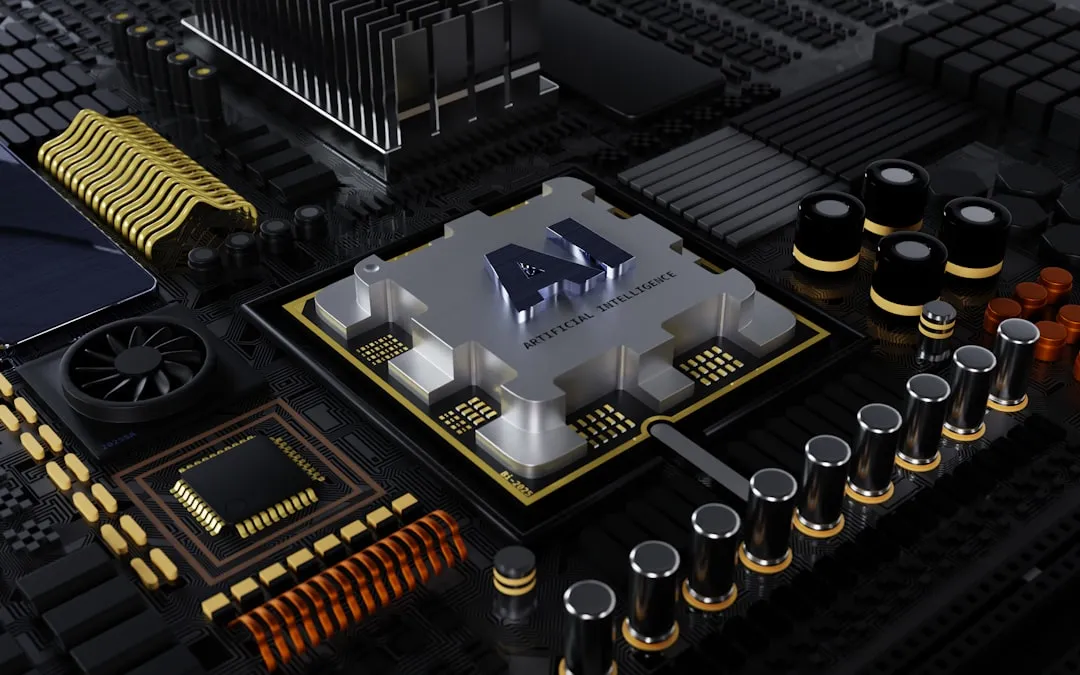
Comments
Be the first, drop a comment!